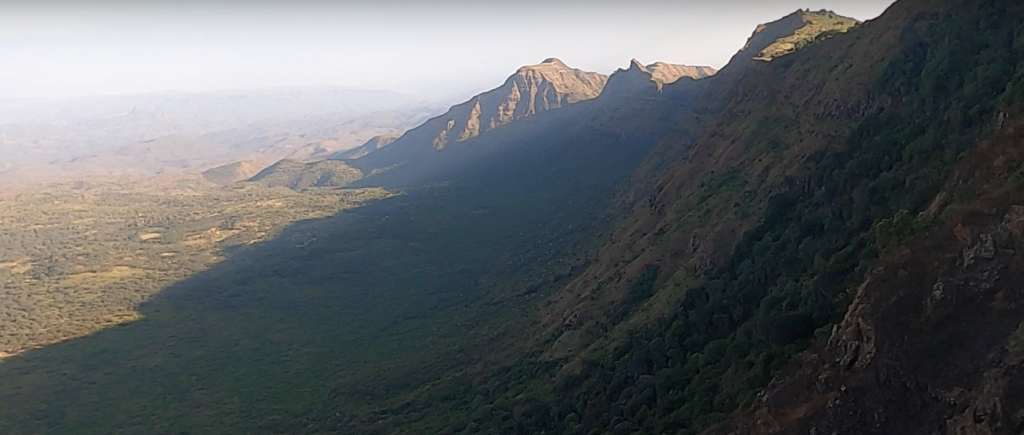
The Maasai Mara, located in southwestern Kenya, is a wildlife enthusiast’s paradise, offering an unparalleled safari experience. However, the ideal time to visit can significantly impact the quality of your wildlife encounters and overall enjoyment. Let’s delve into the nuances of the seasons to determine the best time to embark on an unforgettable journey to the Maasai Mara.
- The Great Migration: Undoubtedly, one of the most iconic events in the Maasai Mara is the Great Migration. This spectacular wildlife phenomenon, involving millions of wildebeests, zebras, and gazelles crossing the Mara River, usually occurs between July and October. Witnessing this awe-inspiring spectacle is a bucket-list experience, making these months the prime season for many visitors.
- Dry Season (July to October):The dry season, coinciding with the Great Migration, is considered the best time to visit Maasai Mara for several reasons. The vegetation is sparse, and animals gather around water sources, providing excellent visibility for wildlife viewing. Moreover, the dry weather makes it easier to navigate the terrain, enhancing the overall safari experience.
- Calving Season (January to February): For those interested in a different aspect of wildlife, the calving season, occurring between January and February, offers a unique opportunity to witness the birthing of wildebeests and other herbivores. Predators are also more active during this time, as they take advantage of the vulnerable newborns.
- Shoulder Seasons (June and November): The months of June and November mark the transitional periods between the wet and dry seasons. While wildlife viewing is still exceptional, these months offer a quieter and more intimate safari experience, with fewer crowds. Additionally, the landscapes are lush and green during the green season (November), providing a different but equally captivating backdrop.
- Wet Season (March to May): The wet season, characterized by occasional rainfall, occurs from March to May. While the lush landscapes and blooming flowers add a unique charm, the dense vegetation can make wildlife spotting more challenging. However, this period is ideal for bird enthusiasts, as migratory birds arrive, adding a vibrant touch to the Mara’s skies.
Conclusion: Choosing the best time to visit the Maasai Mara depends on personal preferences and the type of safari experience you seek. Whether you’re captivated by the drama of the Great Migration, the serenity of the shoulder seasons, or the vibrant hues of the wet season, each period offers a distinct and captivating glimpse into the wonders of this iconic wildlife destination. Ultimately, the Maasai Mara welcomes visitors year-round, promising an adventure that will leave a lasting imprint on your heart.


